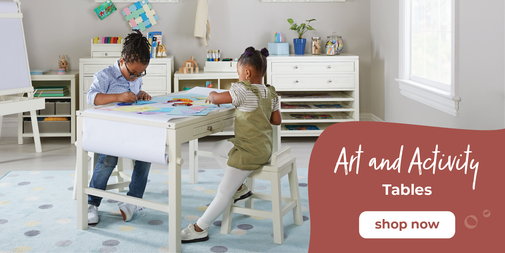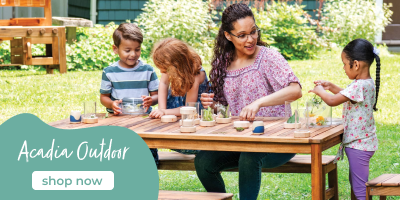Risky Play Leaps

Why do we stop our kids from engaging in risky play? We don’t want them killed! We want to keep them safe and intact. That’s our job as caregivers and parents, right? Well, sort of. We’re programmed to protect our young. That’s how we keep our species going. But how do our young learn to protect themselves if we’re always jumping in and doing it for them? They don’t. What’s really our motivation? Are we thinking about what our children can actually handle or are we just protecting ourselves from feeling uncomfortable in the moment? Consider this: we may be doing our children long term harm by robbing them of the opportunities to judge for themselves what they feel comfortable doing or not doing. Ultimately, for the greater health and safety of our children, we need to let them learn for themselves how to say yes or no to risky play.

Remember: children, like ourselves, have a built-in protection device inside. We’re wired to keep ourselves safe, alive, and in one piece. Now, kids push it, and toddlers definitely need to be closely watched (they’ll try anything). But one of the amazing things about being human is that we’re programmed for self-preservation. We have an inner knowing, an inner guidance, an inner red alert system that helps us feel out what we can do and what we shouldn’t do. Sort of like a conscience, but more like an inner protection system. We tap into it when we want to keep our kids safe from falling off logs or running into traffic, or getting bit by wild dogs. But the thing to remember is that children have that inner protection system too. They know inside themselves what risks they want to try and which ones they want to stay away from. That inner voice is pretty clear with children. And it gets clearer and stronger every time they come in contact with a risky situation and assess the risks and benefits. It’s the good ol’ prefrontal cortex of the brain at work and it gets better at assessing risks every time it gets to assess a risk!
Every time we jump the gun and assess for our children we rob their brain of learning for itself. It’s ok. It’s natural to want to protect. But for the long term safety of our children developing into level-headed teenagers and adults, we need to learn to take deep breaths and allow our children to exercise their prefrontal cortexes. It’s not always easy. We’re good at imagining terrible things happening. But it pays off in the long run to let them start to make their own judgements about risky play. They can do it and so can you.

Some friends of mine and their kids went cliff jumping at a local gorge near Ithaca, NY. No one was injured and adults had things scoped out ahead of time for anything truly dangerous. During this adventure, children were able to choose their own risks. All of their prefrontal cortexes were at work as the various children thought about jumping. There were a range of ages and skill levels and daredevils at the gorge that day, and a variety of ways that the children approached the risks and rewards in front of them. Each kid made judgements for themselves about what they felt comfortable trying or not. Some kept progressing higher to more daring jumps. Some felt fine with only a few jumps. Some were more interested in just being a part of the gang and not jumping at all. It’s important that we as adults learn to assess not just the risks but also the benefits. When it comes to allowing risky play, let that be your new mantra: Risks and benefits. Remember to take deep breaths.
Splash!














